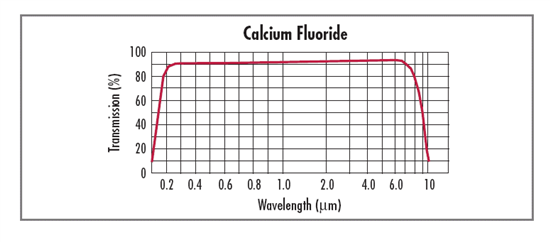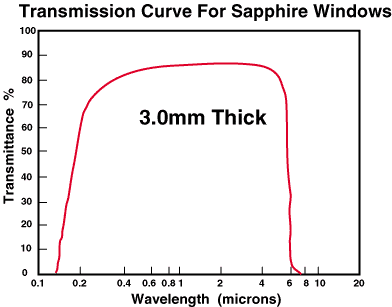How does TI intend to help customers that require a very tight field of view (5 degrees) and a smaller temperature range (-10 to 70C) with more sensitivity?
Thanks.
This thread has been locked.
If you have a related question, please click the "Ask a related question" button in the top right corner. The newly created question will be automatically linked to this question.
How does TI intend to help customers that require a very tight field of view (5 degrees) and a smaller temperature range (-10 to 70C) with more sensitivity?
Thanks.
Hello Scott,
We have not worked on a solution internally to create a narrower field of view for the TMP006. It would not be easy to achieve a 5 degree field of view without a very custom lensing solution. A simple aperture to reduce the field of view down to 5 degrees would likely reduce the signal-to-noise ratio too much to be able to achieve accurate results. Creating an aperture also requires the designer to thermally short the aperture material to the die (GND pin) of the TMP006 so the aperture does not interfere with the measurements. If the aperture is at a different temperature than the TMP006, all the TMP006 will read is the aperture temperature.
Regarding your second question, the datasheet specifies the temperature accuracy with the ambient temperature (Tdie) between 20C and 60C and the object temperature (Tobj) within (Tdie - 10C) to (Tdie+30C). So if the ambient temperature remains constant, the specification only allows for a 40C change in object temperature. The gain, offset, and calibration equations would have to be re-characterized to optimize the part for different ranges which we currently do not have plans to do.
Regards,
Collin Wells
Precision Analog
Scott;
A narrow field of view can be obtained by placing a lens in front of the active area of a sensor. In light of the wavelength responsivity of this device (4um to 8um-- this information SHOULD HAVE BEEN PUT IN THE DATA SHEET!) a lens with a material that is transparent in this range will be required.
There are materials which do this quite nicely-- Calcium Fluoride, for one (CaF2), but that is probably going to be expensive. A Fresnel lens made of a plastic material will probably be far cheaper. Although there are lenses made with high-density polyethylene, other plastics with better optical properties do exist. See this site: http://www.fresneltech.com/materials.html
Another interesting possibility arises due to the fact that this TI device is sensitive both front and back. Placing the TMP006 in the focal plane of a parabolic mirror-- either prime focus or Cassegrain-- would allow you to illuminate one side of the package with the mirror while the other is illuminated by the lens. Weird idea but it might work :)
Thanks Neil neat idea!
Other than Polyethylene, Polypropylene, CaF2, and "Poly IR" materials, other options are for the 4-8um wavelengths are: Sapphire, Silicon, Germanium, and Zinc Selenide.
However the cost of these materials besides polyethylene, polypropylene, and Poly-IR materials, may be too high to make sense for use with a solution like the TMP006.
If you are able to achieve success with a lens, we'd love to hear about it.
Best of luck,
Collin Wells
Precision Analog
Collin;
Thanks. I think that you will find that sapphire will not make it to 8um & although Germanium covers the IR spectrum pretty well it has fairly high loss. I don't remenber the characteristics of Si or ZSe transmission in the mid-IR
Yes, correct on all fronts!
I should have attached the images below to the last post but didn't. See below for a full summary of the % of IR transmission for the materials listed in my previous post. Germaninum and Zinc Selenide pass IR wavelengths but their refraction index is too high to achieve good transmission. Therefore both Ge and ZnSe require anti-reflective (AR) coating to achieve good results in mid-IR. The TMP006 already has a silicon "lens" due to the physical construction of the device so we know it works as well. Si suffers from high index of refraction as well and we actually lose roughly half of our signal due to refraction (this is corrected for internally), so an AR coating would be required for a proper silicon lens as well.
Spectral Transmission of TMP006:
CaF2:
Ge: 
Poly-Ethylene:
Poly-Propylene:
Sapphire:
Si:![]()
ZnSe:
Regards,
Collin
Hello Collin,
About those transmission graphs, do you know at which thickness are they measured?
Thank you
Jose Antonio